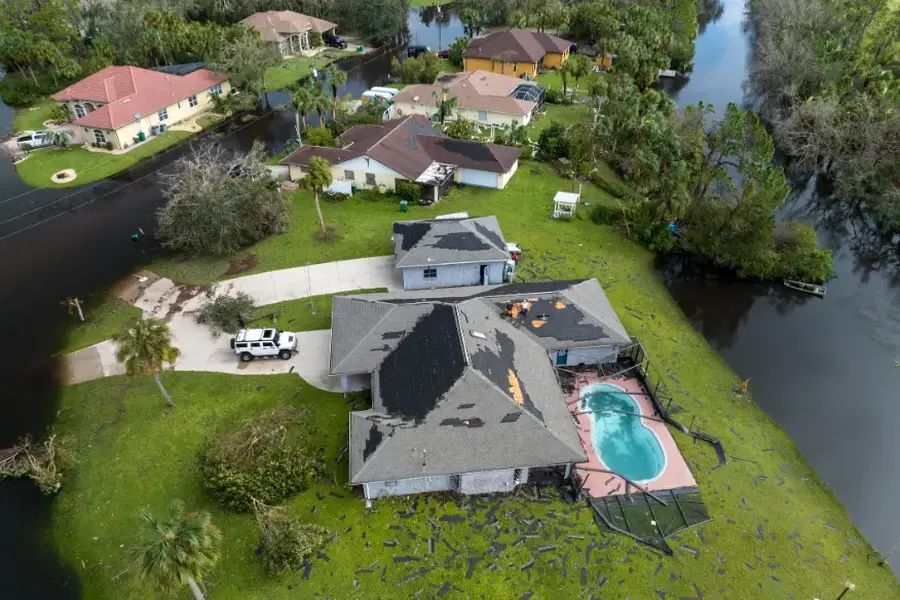Boosting Your Home’s Energy Performance
Improving your home’s energy efficiency is more important than ever. With rising energy costs and growing environmental concerns, many homeowners are searching for ways to reduce their carbon footprint and save money. An often-overlooked solution is replacing the roof. Not only does a new roof enhance a home’s appearance, but it also plays a pivotal role in increasing energy efficiency. By understanding how a roof can affect your home’s energy usage, you can make informed decisions that benefit both your wallet and the environment.
The Role of Insulation in Energy Efficiency
A key factor in improving home energy efficiency is insulation. A well-insulated roof helps maintain indoor temperatures by reducing heat transfer between your home and the outside world. This means your heating and cooling systems don’t have to work as hard, leading to lower utility bills. Proper insulation also ensures that your home stays comfortable year-round, regardless of weather conditions outside.
Benefits of Modern Roofing Materials
Modern roofing materials offer significant energy-saving benefits. Advances in roofing technology mean that materials like metal roofs or cool roofs reflect more sunlight and absorb less heat. These materials can dramatically reduce the amount of energy needed to cool your home during hot months. In turn, this decreases the reliance on air conditioning units and lowers electricity consumption.
Understanding How Ventilation Affects Energy Use
Proper roof ventilation is another crucial component of an energy-efficient home. Roof Replacement often includes updating ventilation systems, which helps regulate temperature and moisture levels within the attic space. Good ventilation removes excess heat and moisture, preventing damage and decreasing the load on HVAC systems. Ensuring proper airflow through vents can significantly enhance your home’s overall energy performance.
Impact of Solar Reflective Coatings
Applying solar reflective coatings to roofs is an efficient way to boost energy savings. These coatings increase a roof’s ability to reflect solar radiation instead of absorbing it as heat. By keeping the roof surface cooler, these coatings help maintain lower temperatures inside the house, particularly in sunny climates. This approach not only reduces cooling costs but also extends the lifespan of the roof by minimizing thermal expansion and contraction.
- Reflects solar radiation effectively
- Reduces interior temperature
- Lowers cooling costs
- Extends roof longevity
The Economics of Roof Replacement
Investing in a new roof might seem daunting due to upfront costs, but long-term savings make it worthwhile. While initial expenses can be high, newer roofing options offer better durability and energy efficiency. Over time, reduced energy bills offset these initial costs, providing a good return on investment. Furthermore, potential tax incentives and rebates for energy-efficient upgrades can further alleviate financial burdens.
Tips for Choosing the Right Roof
Selecting the right type of roof involves considering several factors beyond aesthetics. Focus on materials known for insulating properties and longevity. Opt for certified sustainable products where possible, and consult professionals for advice tailored to your climate and specific needs. Additionally, ensure you consider warranty details, as they vary significantly among manufacturers.
- Research material options thoroughly
- Consider regional climate conditions
- Consult with roofing experts
- Review warranty specifics
A Call to Action for a Greener Home
If you’re ready to improve your home’s energy efficiency with a new roof, let Perez Roofing Service guide you through the process. Located in Twin Peaks, CA, I specialize in offering personalized solutions tailored to your specific needs. Contact me at (909) 361-0079 to start saving on energy bills while contributing to a healthier planet. Transform your home today!


